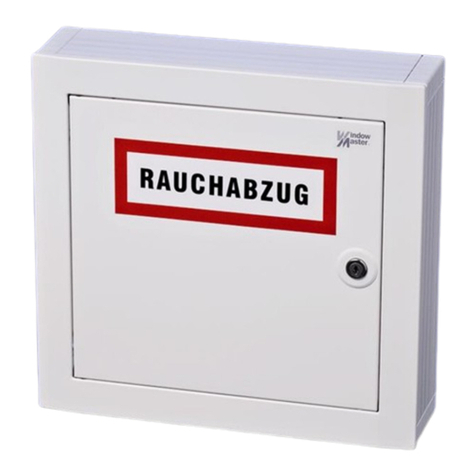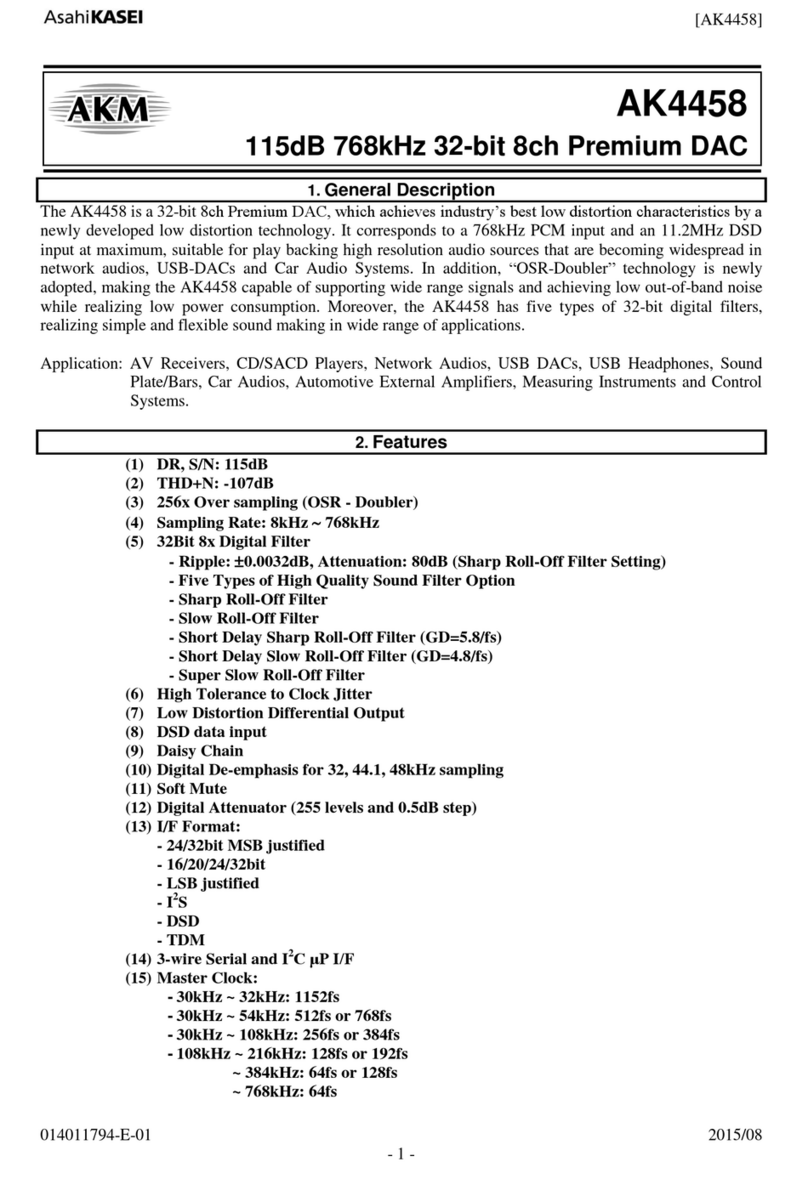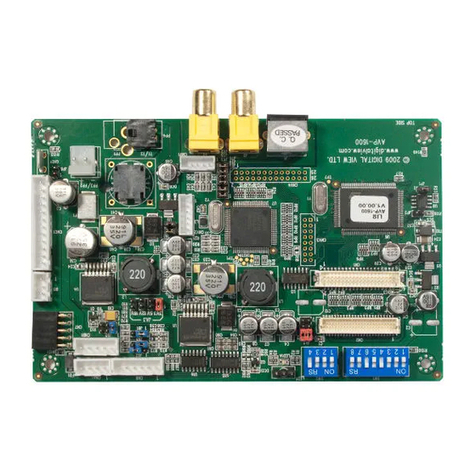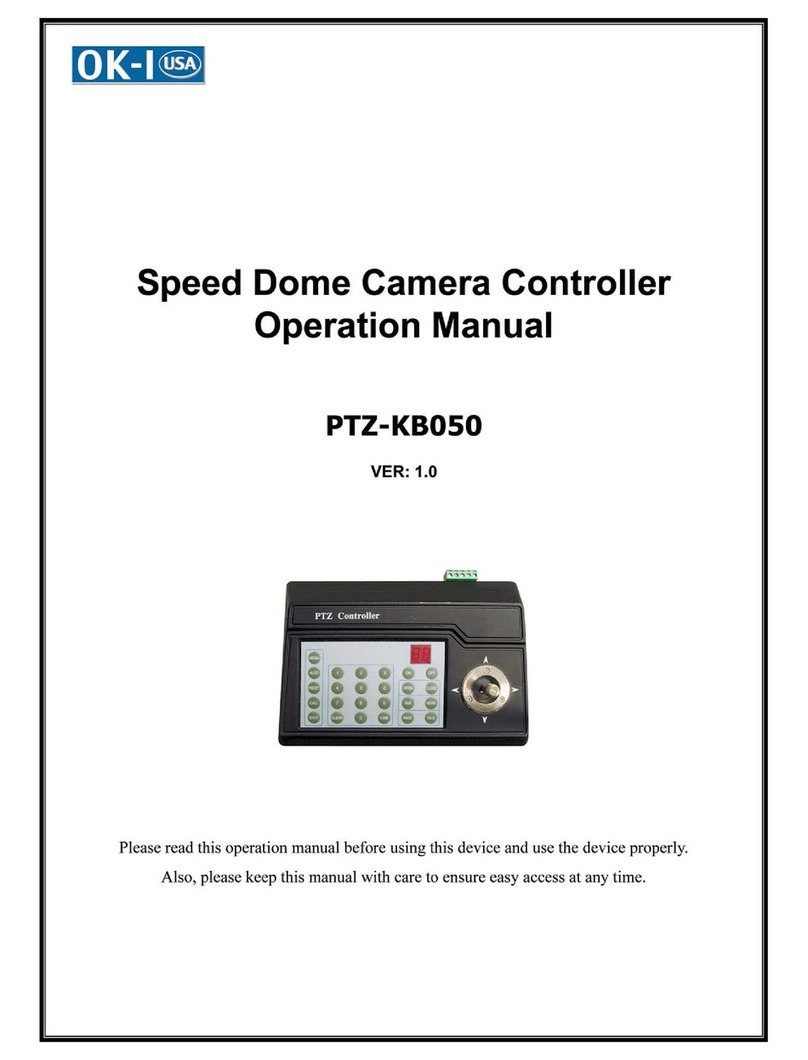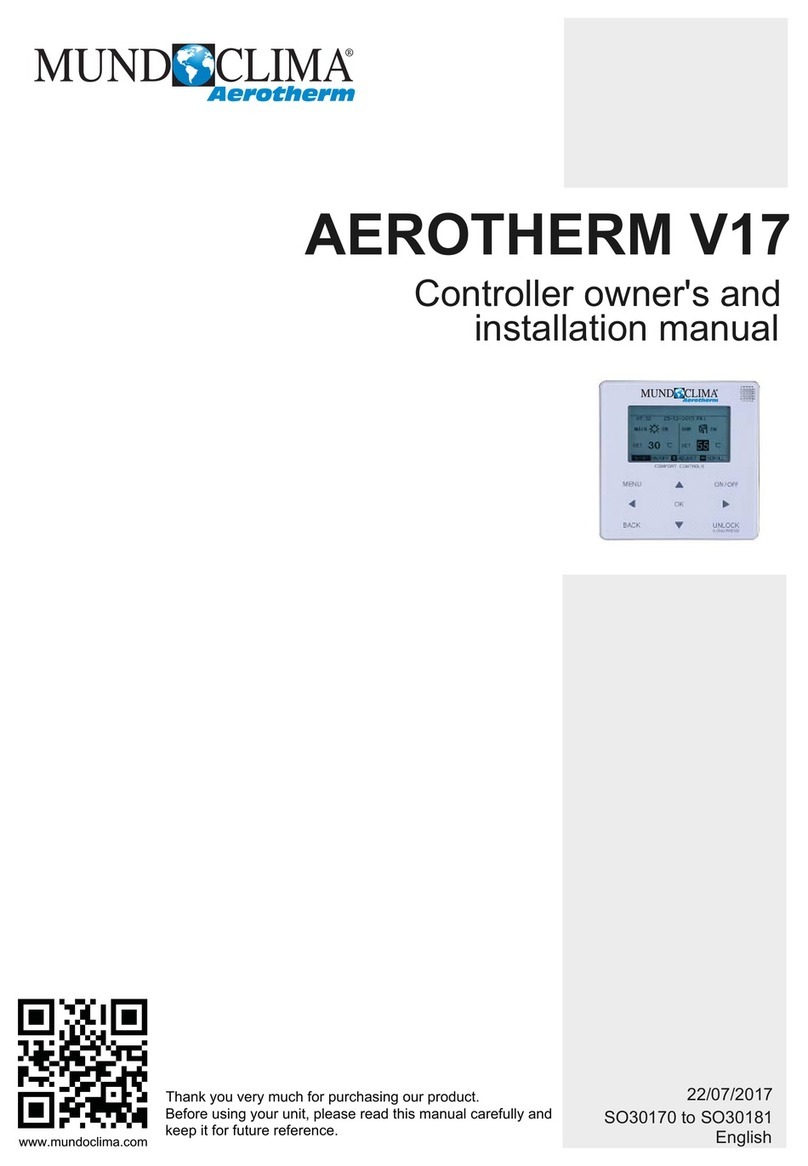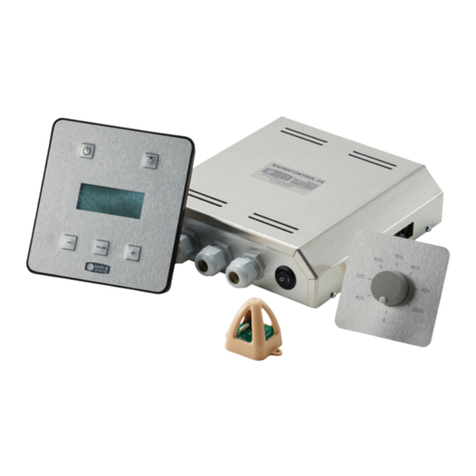Flexitron Webdyn SunPM User manual

WebdynSunPM
User Manual
www.webdyn.com

contact@webdyn.com | webdyn.com
V2.05 subject to changes | Webdyn © by Flexitron Group
2
Index
Glossary ............................................................................................................................ 5
About this Document ....................................................................................................... 8
1. Presentation.......................................................................................................................................... 10
1.1 General Description ................................................................................................................. 10
1.2 Principles of Operation ............................................................................................................ 10
1.3 The Interfaces .......................................................................................................................... 11
1.4 Supported Devices................................................................................................................... 12
1.5 Product References.................................................................................................................. 12
1.6 Technical Specications .......................................................................................................... 13
1.6.1 General Specications ............................................................................................... 13
1.6.2 Technical Specications............................................................................................. 14
1.6.3 Software Specications ............................................................................................. 16
1.7 Safety Instructions ................................................................................................................... 17
1.8 Regulation................................................................................................................................. 17
2. Installation and Maintenance.............................................................................................................. 19
2.1 Prerequisite .............................................................................................................................. 19
2.2 Unpacking................................................................................................................................. 19
2.2.1 Content........................................................................................................................ 19
2.2.2 Identication ............................................................................................................... 19
2.3 Assembly................................................................................................................................... 22
2.3.1 Opening/Closing the Box ........................................................................................... 22
2.3.2 Wall Mounting............................................................................................................. 22
2.4 Interface Description ............................................................................................................... 23
2.4.1 Product Power Supply................................................................................................. 23
2.4.2 Cellular Network ........................................................................................................ 24
2.4.3 Indicators & Buttons .................................................................................................. 26
2.4.4 Extension Interface .................................................................................................... 30
2.4.5 Ethernet Interface ...................................................................................................... 31
2.4.6 RS485/RS422 Serial Interface................................................................................. 32
2.4.7 Input/Output Interface............................................................................................... 35

contact@webdyn.com | webdyn.com
V2.05 subject to changes | Webdyn © by Flexitron Group
3
3. Conguration......................................................................................................................................... 41
3.1 ................................................................................................................................................... FTP/
SFTP/WebDAV................................................................................................................................. 41
3.1.1 Operating Principle ..................................................................................................... 42
3.1.2 Conguration Files...................................................................................................... 42
3.1.3 Updates ....................................................................................................................... 67
3.2 Embedded Web Interface........................................................................................................ 68
3.2.1 Devices........................................................................................................................ 70
3.2.2 Settings ....................................................................................................................... 91
3.2.3 System......................................................................................................................... 132
3.3 Carte Micro SD ......................................................................................................................... 140
4. Operation............................................................................................................................................... 142
4.1 The FTP/SFTP/WebDAV Server ............................................................................................... 142
4.1.1 The Conguration “CONFIG” ...................................................................................... 145
4.1.2 “DEF”, the Denitions................................................................................................. 146
4.1.3 “DATA”.......................................................................................................................... 147
4.1.4 “ALARM” Alarms.......................................................................................................... 152
4.1.5 “CMD” Commands...................................................................................................... 155
4.1.6 “SCRIPTS” ................................................................................................................... 155
4.1.7 “BIN” Update............................................................................................................... 155
4.1.8 “LOG”........................................................................................................................... 156
4.2 The MQTT/MQTTS server ........................................................................................................ 162
4.2.1 Data format................................................................................................................. 164
4.3 microSD card............................................................................................................................ 171
5. Commands............................................................................................................................................ 173
5.1 Principle .................................................................................................................................... 173
5.2 How it Works............................................................................................................................. 173
5.2.1 Command le.............................................................................................................. 173
5.2.2 MQTT command message ......................................................................................... 175
5.2.3 SMS ............................................................................................................................. 176
5.3 List of Commands .................................................................................................................... 176
5.3.1 “connect”: Trigger a connection ................................................................................ 177

contact@webdyn.com | webdyn.com
V2.05 subject to changes | Webdyn © by Flexitron Group
4
5.3.2 “status”: Retrieval of the status of the concentrator ............................................... 178
5.3.3 “factory”: Return to factory settings.......................................................................... 180
5.3.4 “reboot”: Rebooting the concentrator....................................................................... 181
5.3.5 “updateFirmware”: Concentrator software update.................................................. 181
5.3.6 “apn”: Modem conguration ..................................................................................... 182
5.3.7 “ftp”: Conguration of the FTP/SFTP server............................................................. 183
5.3.8 “log”: Activation of equipment communication logs................................................ 184
5.3.9 “setRelay”: Changing the state of the relay .............................................................. 185
5.3.10 “discoverDevices”: Discovery of equipment........................................................... 185
5.3.11 “getParameters”: Collection of variables dened in action................................... 186
5.3.12 “writeVariable”: Writing a variable on a device ...................................................... 187
6. Update ................................................................................................................................................... 188
6.1 Using the Web Interface .......................................................................................................... 188
6.2 Using FTP/SFTP/WebDAV........................................................................................................ 188
6.3 By SMS or MQTT/MQTTS command....................................................................................... 189
6.4 By micro SD card...................................................................................................................... 189
7. Tools & Diagnostics............................................................................................................................... 190
7.1 Diagnostics................................................................................................................................ 190
7.2 Tools .......................................................................................................................................... 190
8. FAQ......................................................................................................................................................... 191
9. Appendices............................................................................................................................................ 196
9.1 ...................................................................................................................................................
Appendix A: “_cong.ini” le........................................................................................................... 196
9.2 Appendix B: Time zone list....................................................................................................... 211
Ofces & Support Contact............................................................................................... 214

contact@webdyn.com | webdyn.com
V2.05 subject to changes | Webdyn © by Flexitron Group
5
Glossary
NAME DESCRIPTION
2G Second Generation: second generation (2G) digital standard for cell phones
including GSM, GPRS and EDGE.
3G Third Generation: third generation (3G) digital standard for cell phones including
UMTS, HSPA, HSPA+ and DC-HSPA+.
4G Fourth Generation: fourth generation (4G) digital standard for mobile telephony
including LTE-Advanced.
AES Advanced Encryption Standard: symmetrical encryption algorithm.
APN Access Point Name: the name of the access point the gateway uses to connect to
the Internet via a mobile connection.
Broker MQTT server in charge of receiving published information in order to transmit it to
subscribed clients. The broker has a relay role.
CSV Comma-separated values: open text format representing tabulated data in the form
of values separated by semi-colons. This format makes it easy to use data with
spreadsheet software such as Excel.
DNS Domain Name System: distributed computer service used to translate Internet
domain names to IP addresses.
FTP File Transfer Protocol: communication protocol used to exchange les over a TCP/IP
network.
HTTP HyperText Transfer Protocol: client-server communication protocol developed for the
Web.
IMEI International Mobile Equipment Identity: number used to uniquely identify each
modem.
IMSI International Mobile Subscriber Identity: unique number stored in the SIM card used
by a cell phone network to identify a user.
IP Internet Protocol: message protocol in charge of addressing and sending TCP
packets over the network.
Lua Script language. See http://www.lua.org/ for more details.

contact@webdyn.com | webdyn.com
V2.05 subject to changes | Webdyn © by Flexitron Group
6
Modbus Modbus is a communication protocol routinely used by industry to dialogue with
industrial equipment over a network. See http://www.modbus.org/ for more details.
MQTT Message Queuing Telemetry Transport: publish-subscribe messaging protocol based
the TCP/IP protocol.
MQTTS Secure Message Queuing Telemetry Transport.
NTP Network Time Protocol: protocol used to synchronise the local concentrator clock
with a time reference via a computer network.
DIN rail Standard 35 mm metal rail used in racked industrial control equipment in Europe.
RSSI Received Signal Strength Indication: reception power level measurement of a signal
issued by a radio antenna.
RTU RTU mode is an RS422/485 hard-wired bus for Modbus.
S0 Standardised pulse from meters (water, gas, electricity, etc.) as per the NF EN
62053-31 standard.
SFTP SSH File Transfer Protocol: communication protocol using a secure SSH
communication protocol. Its use is similar to FTP.
IS Information System: server with which the concentrator exchanges (conguration,
data, alarms, etc.).
Sunspec Open communication protocol for inverters based on Modbus and compliant with
the SunSpec alliance standards (See https://sunspec.org/for more details).
TCP Transmission Control Protocol: an Internet-based connection-oriented protocol
that provides data packet segmenting services that the IP protocol sends over the
network. This protocol provides a reliable data transfer service. See also IP.
TCP/IP Transmission Control Protocol/Internet Protocol: a set of network protocols that
provide interconnection services between computers of different hardware
architectures and operating systems. TCP/IP includes standards for communication
between computers and conventions for network interconnection and routing.
TIC Customer remote information: digital data output from ERDF meters that
permanently broadcasts the managed contractual parameters as well as the
consumption magnitudes measured by the meter.
Topic MQTT information channels that publishers use to send messages. These messages
can be read by subscribers.

contact@webdyn.com | webdyn.com
V2.05 subject to changes | Webdyn © by Flexitron Group
7
UDP User Datagram Protocol: non connection-oriented protocol of the TCP/IP model
transport layer. This protocol is very simple because it does not provide error checks
(it is not connection-oriented...).
UTF-8 Universal Character Set Transformation Format1 - 8 bits: computer character
encoding designed to encode all the characters from the ‘Universal encoded
character set”.
WebDAV Extension to the HTTP protocol to improve the management of remote les. As part
of the WebdynSunPM, the WebDAV protocol is used over HTTPS. We are therefore
talking about WebDAV-HTTPS.

contact@webdyn.com | webdyn.com
V2.05 subject to changes | Webdyn © by Flexitron Group
8
About this Document
This guide describes all the WebdynSunPM product characteristics.
Its purpose is to help operators install and congure their WebdynSunPM and to allow operators to
include collected data in their IS.
This manual is split into six separate sections:
• Section 1: General presentation
• Section 2: Installation
• Section 3: Conguration
• Section 4: Operation
• Section 5: Tools & diagnostics
• Section 6: FAQ
Scope
This technical description is valid for WebdynSunPM concentrators as from hardware version V1 and
software version V3.0.0.
Target Audience
This guide is intended for all people involved in photovoltaic system supervision, in particular people in
charge of local or remote installation maintenance, as well as for the developers of portals designed to
use the sent data.
It is recommended to entrust the installation and commissioning of the WebdynSunPM to qualied and
trained persons. Qualied persons must have the following skills:
• Detailed knowledge of network management services.
• Knowledge of IP-based network protocols.
• Knowledge of the specications of the protocols used (Modbus, SunSPec, etc.) and of the
equipment connected to the concentrator.
• Training in the installation and conguration of computer systems.
• Knowledge of and compliance with this document and all safety information.

contact@webdyn.com | webdyn.com
V2.05 subject to changes | Webdyn © by Flexitron Group
9
Document Versions
VERSION CONTENT
V2.05 Manual creation
V3.0 Micro SD card management
Added WebDAV
Added MQTT
Application notes for ICT and proprietary protocols
Modication of the edition and creation of equipment
Added WebdynSunPM 4G version

contact@webdyn.com | webdyn.com
V2.05 subject to changes | Webdyn © by Flexitron Group
10
1. Presentation
1.1 General Description
The WebdynSunPM is a concentrator designed to monitor all types of photovoltaic installation. It is used
to collect, analyse, monitor and control the on site devices.
The collected information (data, parameters, etc.) is formatted before being sent to an Information
System (IS). The concentrator provides the security and condentiality of the exchanged information.
The automation of certain local actions, for example injection or self-consumption is managed using
customisable scripts embedded in the concentrator.
1.2 Principles of Operation
The WebdynSunPM concentrator can be fully integrated into photovoltaic installations. Devices such as
inverters, sensors (pyranometers, temperature sensors, etc.), meters, displays, circuit breakers or relays
can be connected to the concentrator using its many available interfaces. Information readings and
device control are carried out by the WebdynSunPM continuously. The data is regularly formatted and
uploaded to an FTP server and/or sent to an MQTT server using the modem or an Ethernet connection.
The concentrator manages the SFTP and MQTTS protocols to secure exchanges with the servers. The
WebdynSunPM can be congured by simply sending text message commands, but also using the
embedded web pages.
Specic scripts can be created for installations requiring specic functions.
Inverters
Circuit,
breaker, relay
PLC
Ethernet/
4G/3G/2G
Modbus slaves
WebdynSunPM
Meters
Sensors
Electric grid
management system
Server 2
Server 1 User
Inverter protocol
Modbus RTU/TCP
Pulse input
0-10V / 4-20mA
Dry contact
Modbus
Dry contacts, 4-20mA, Modbus,
propietary protocol...
888888
User

contact@webdyn.com | webdyn.com
V2.05 subject to changes | Webdyn © by Flexitron Group
11
1.3 The Interfaces
1. 12-24 V power supply terminal block
2. 2x Ethernet ports (LAN 1 and LAN 2)
3. 4x 0-10 V or 4-20 mA analog inputs
4. 1x Relay output (24V/1A)
5. Indicators:
• Power: 12-24 V power supply status
• Activity: Product status
• Serial1, Serial2, Serial3:
• Tx: Data sent on the RS485/RS422 serial port
• Rx: Data received on the RS485/RS422 serial port
• WAN: Connection status
6. Power button
7. Micro SD card slot

contact@webdyn.com | webdyn.com
V2.05 subject to changes | Webdyn © by Flexitron Group
12
8. 3x Digital inputs (ON-OFF or pulsed S0)
9. 3x RS485/RS422 ports
10. SIM card holder
11. Modem SMA antenna connector
12. USB port (for extension)
13. RESET button
1.4 Supported Devices
The WebdynSunPM is compatible with all devices that include one of the supported protocols.
Partial list of the supported protocols:
INVERTER PROTOCOL PHYSICAL INTERFACE SPECIFICATIONS
SMA-net RS485/RS422 2 wires 100 max
Modbus TCP Ethernet 254 max
Modbus RTU RS485/RS422 2 wires or 4 wires 247 max
Power-One Aurora RS485/RS422 2 wires 100 max
TIC USB (cable optional) 1 max
Delta-Solivia RS485/RS422 2 wires 100 max
Currently, much inverter equipment runs using Modbus. The concentrator accepts all Modbus
RTU and TCP devices.
1.5 Product References
Product:
REFERENCES DESCRIPTIONS
WG0517-A01 WebdynSunPM (Europe and India version)
WG0517-A02 WebdynSunPM (Monde version)
WG0517-A03-DEIE WebdynSunPM in DEIE box (Europe and India version)

contact@webdyn.com | webdyn.com
V2.05 subject to changes | Webdyn © by Flexitron Group
13
WG0517-A04 WebdynSunPM 4G (Europe and India version)
1.6 Technical Specications
1.6.1 General Specications
SPECIFICATIONS DESCRIPTIONS
Power supply +12V: 700mA (some functions are not supported on 12V) or +24V:
350mA
Battery 650mAh 3.7V, Lithium-polymer
Consumption P: 5 W
Pmax: 10 W
Dimensions 155x 106 x 58mm
9 DIN rail modules
Box RoHS compliant
DIN EN 60715 TH35
DIN VDE 0470-1
DIN 43880 size 1
REACH compliant
VBG 4
IEC 529
Non leak tight
Fixing DIN rail
Weight 0.330 kg
Operating temperature -5 °C / +40 °C
Storage temperature Storage: -20 °C / +85 °C
Humidity 25 - 75 %
Pollution rating 2
Certication RED
ROHS
REACH

contact@webdyn.com | webdyn.com
V2.05 subject to changes | Webdyn © by Flexitron Group
14
Regulation
CE marking created in the framework of European technical
harmonisation legislation. It is mandatory for all products covered by
one or more European regulatory texts (directives or regulations).
Symbol indicating that the waste must be collected via a specic
channel and must not be disposed of as household waste.
Symbol indicating that the product must be recycled.
1.6.2 Technical Specications
SPECIFICATIONS DESCRIPTIONS
Memory capacity for data DDR3 SDRAM: 512 Mb. Flash eMMc: 8 Gb in total (50Mb max per
dened device)
SD card MicroSD MMC/SD/SDIO (up to 32 Gb)
Cellular Interface Modem Europe and India version modem
•2G (EDGE, GSM, GPRS): 900MHz, 1800MHz
•3G (HSPA): B1 and B8
Monde version modem:
•2G (EDGE, GSM, GPRS) : 850MHz, 900MHz, 1800MHz, 1900MHz
•3G (HSPA) : B1, B2, B5, B6, B8 et B19
Europe and India version 4G modem
•2G (EDGE, GSM, GPRS) : 850MHz, 900MHz, 1800MHz, 1900MHz
•4G (LTE) : B1, B3, B5, B7, B8, B20 et B28
Antenna: External SMA
SIM format Standard SIM (mini SIM) 2FF format
1.8V and 3Vcompatible
Ethernet interface 2x 10/100 Mbits/s ports available
USB interface 1x USB2.0 port
Serial interface 3x RS485/RS422 ports

contact@webdyn.com | webdyn.com
V2.05 subject to changes | Webdyn © by Flexitron Group
15
Input/Output interface 4x analog 0/10V or 4/20mA inputs
3x digital ON-OFF or pulsed S0 inputs (class A or B)
1x relay output (24V/1A)
Webdyn does not supply any SIM cards. Please contact an M2M operator that supports the
2G/3G or 2G/4G networks.
Connectivity data 2G/3G Europe and India version:
RF BAND EMISSION FREQUENCIES MAX POWER
UMTS B1 1922 MHz - 1978MHz 22.5 dBm(+-1.5dB)
UMTS B8 882 MHz - 913 MHz 22.5 dBm(+-1.5dB)
E-GSM 900 880 MHz - 915 MHz 33 dBm (+-2dB GSM,GPRS)
DCS 1800 1710 MHz - 1785 MHz 30 dBm (+-2dB GSM,GPRS)
Connectivity data 2G/3G Monde version:
RF BAND EMISSION FREQUENCIES MAX POWER
UMTS B1 1922 MHz – 1978 MHz 23 dBm(+-2dB)
UMTS B2 1852MHz – 1908 MHz 23 dBm(+-2dB)
UMTS B5 826 MHz – 847 MHz 23 dBm(+-2dB)
UMTS B6 832 MHz – 838 MHz 23 dBm(+-2dB)
UMTS B8 882 MHz - 913 MHz 23 dBm(+-2dB)
UMTS B19 832.4MHz – 842.6 MHz 23 dBm(+-2dB)
GSM 850 824 MHz – 849 MHz 33 dBm (+-2dB GSM,GPRS,EDGE)
E-GSM 900 880 MHz - 915 MHz 33 dBm (+-2dB GSM,GPRS,EDGE)
DCS 1800 1710 MHz - 1785 MHz 30 dBm (+-2dB GSM,GPRS,EDGE)

contact@webdyn.com | webdyn.com
V2.05 subject to changes | Webdyn © by Flexitron Group
16
PCS 1900 1850 MHz – 1910 MHz 30 dBm (+-2dB GSM,GPRS,EDGE)
Connectivity data 2G/4G Europe and India version:
RF BAND EMISSION FREQUENCIES MAX POWER
GSM 850 824 MHz – 849 MHz 33 dBm (+-2dB)
E-GSM 900 880 MHz - 915 MHz 33 dBm (+-2dB)
DCS 1800 1710 MHz – 1785 MHz 30 dBm (+-2dB)
PCS 1900 1850 MHz – 1910 MHz 30 dBm (+-2dB)
LTE B1 1920 MHz- 1980 MHz 23 dBm (+-2dB)
LTE B3 1710 MHz – 1785 MHz 23 dBm (+-2dB)
LTE B5 824 MHz – 849 MHz 23 dBm (+-2dB)
LTE B7 2500 MHz – 2570 MHz 23 dBm (+-2dB)
LTE B8 880 MHz – 915 MHz 23 dBm (+-2dB)
LTE B20 832 MHz – 862 MHz 23 dBm (+-2dB)
LTE B28 703 MHz – 748 MHz 23 dBm (+-2dB)
1.6.3 Software Specications
SPECIFICATIONS PROTOCOLS/FORMATS
Embedded server HTTP
Server communication protocol (IS) •FTP
•SFTP
•WebDAV-HTTPS
•MQTT
•MQTTS (generic and compatible with AWS IoT, Azure
IoT and Google Cloud IoT)

contact@webdyn.com | webdyn.com
V2.05 subject to changes | Webdyn © by Flexitron Group
17
Modbus •RTU
•TCP
Clock synchronisation NTP
File format for the server (IS) •CSV for FTP/SFTP/WebDAV-HTTPS
•JSON for MQTT/MQTTS
1.7 Safety Instructions
Follow all the safety instructions in this guide.
Failure to follow these instructions can damage equipment and endanger people.
Electric connection:
• All wiring work must be carried out by a specialised qualied electrician.
• Please follow all the safety instructions featured in the manufacturer’s device documentation.
The WebdynSunPM product can be damaged by electrostatic discharges (ESD)
Class 3 equipment: the device operates on safety extra-low voltage (SELV) (50V maximum). The
voltage reduction must be obtained using a safety transformer providing safe galvanic isolation between
primary and secondary.
This equipment is not suitable for use on premises that may host children.
Do not install the equipment near a heat source or at a height greater than 2m.
To clean the product, only use a slightly damp cloth to gently clean and wipe the surfaces. Never
use aggressive chemical agents or solvents that could alter the plastic material or corrode the metal
parts.
It is essential to leave a 20 cm empty space around the antenna to optimise the Modem cell
sensitivity.
1.8 Regulation
The product is compliant with the European directives according to the EU declaration of Conformity
available from Webdyn or from the web site: www.webdyn.com.

contact@webdyn.com | webdyn.com
V2.05 subject to changes | Webdyn © by Flexitron Group
18
Recycling:
The nationally enacted European directives covering batteries and waste electric and
electronic equipment govern the actions required to limit the negative impact of the end of product life.
These products are collected separately. Use an authorised battery collection and processing centre or
contact Webdyn.

contact@webdyn.com | webdyn.com
V2.05 subject to changes | Webdyn © by Flexitron Group
19
2. Installation and Maintenance
2.1 Prerequisite
As the WebdynSunPM concentrator’s role is to send the data it collects to an IS, installation requires
knowledge of the concentrator but also of the IS it will upload its data to.
The following elements are required to guarantee a proper installation:
• To have this user manual to hand.
• To have a screwdriver suitable for the connector types available on the WebdynSunPM.
• To have knowledge of the parameters to connect to the IS information system.
It is also strongly recommended to have the elements described below for any intervention on site and
to install the product.
• To have a SIM card with an activated M2M subscription (data and text messages (optional))
and knowledge of the supplier’s APN. The SIM card call number can be useful.
• Use a remote antenna if radio or cellular modem reception is deteriorated.
• To have a PC for the product conguration or update using the concentrator’s Web interface.
2.2 Unpacking
2.2.1 Content
The standard version of the WebdynSunPM concentrator is delivered with:
• An angled SMA antenna for the modem (taped to the back of the product).
• A battery (already in place in the product).
2.2.2 Identication
The commercial reference is composed as follows:
• WG0517-A01: WebdynSunPM Europe and India version
• WG0517-A02: WebdynSunPM in Monde version
• WG0517-A03-DEIE: WebdynSunPM in Europe and India version in a DEIE box
• WG0517-A04: WebdynSunPM 4G in Europe and India version

contact@webdyn.com | webdyn.com
V2.05 subject to changes | Webdyn © by Flexitron Group
20
Each product is labelled with the following information:
This label is accessible on the top of the product:
Table of contents
Popular Controllers manuals by other brands
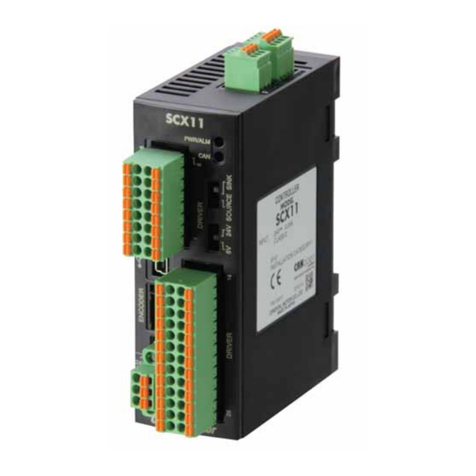
Oriental motor
Oriental motor SCX11 Startup manual
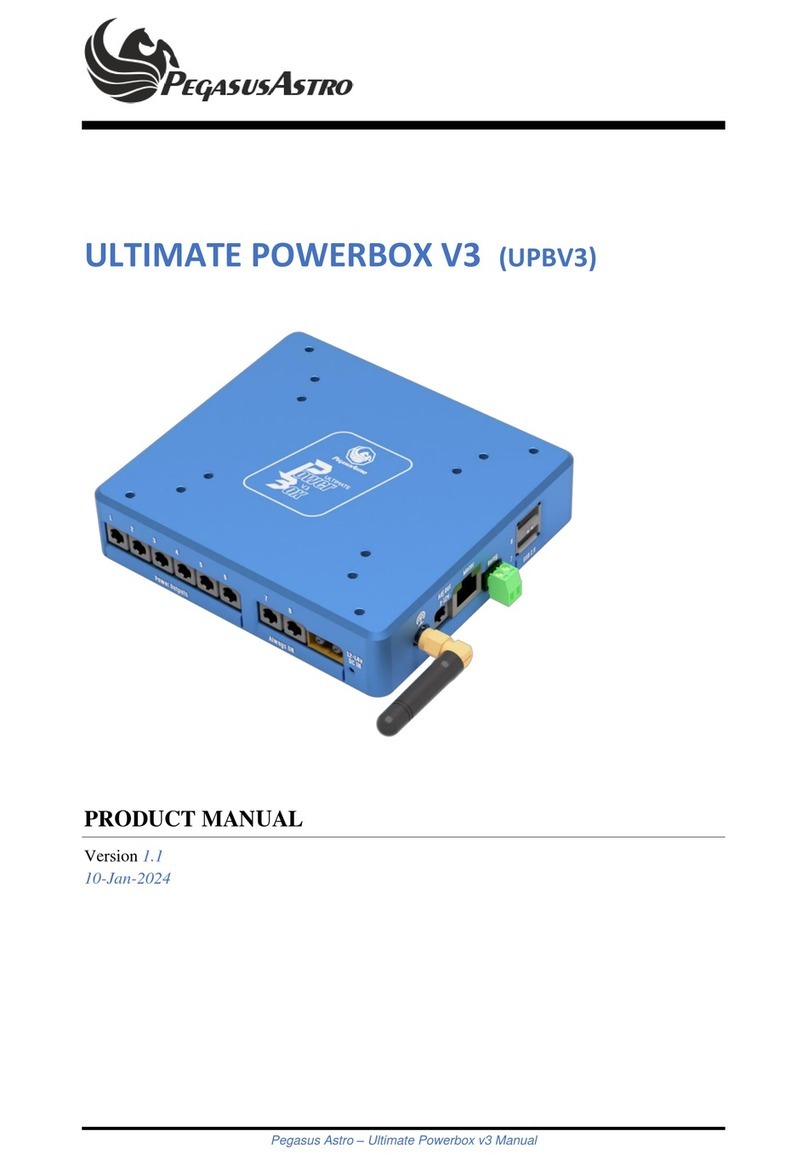
Pegasus Astro
Pegasus Astro ULTIMATE POWERBOX V3 product manual
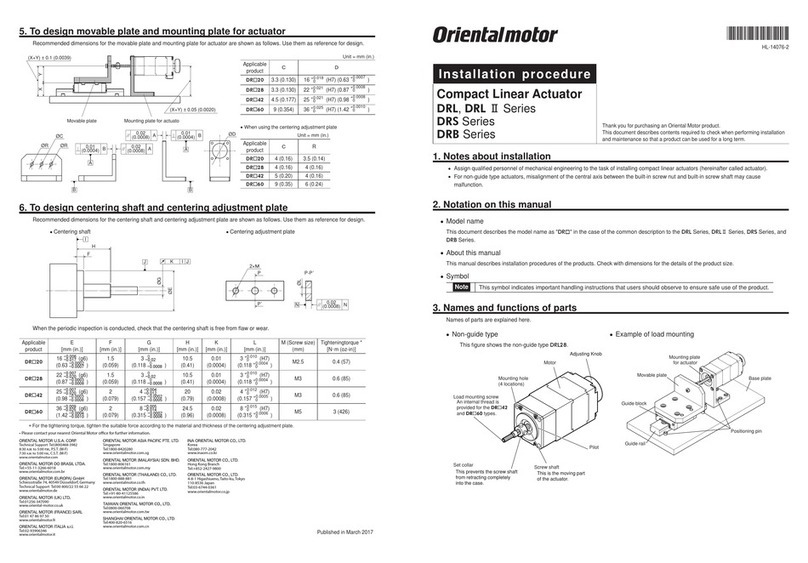
Oriental motor
Oriental motor DRL Series INSTALLATION PROCEDURE
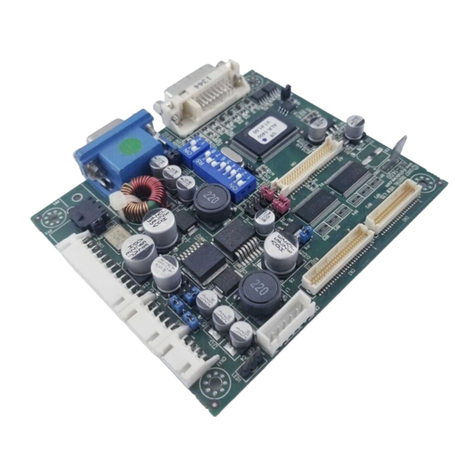
digitalview
digitalview 417100041-3 instructions
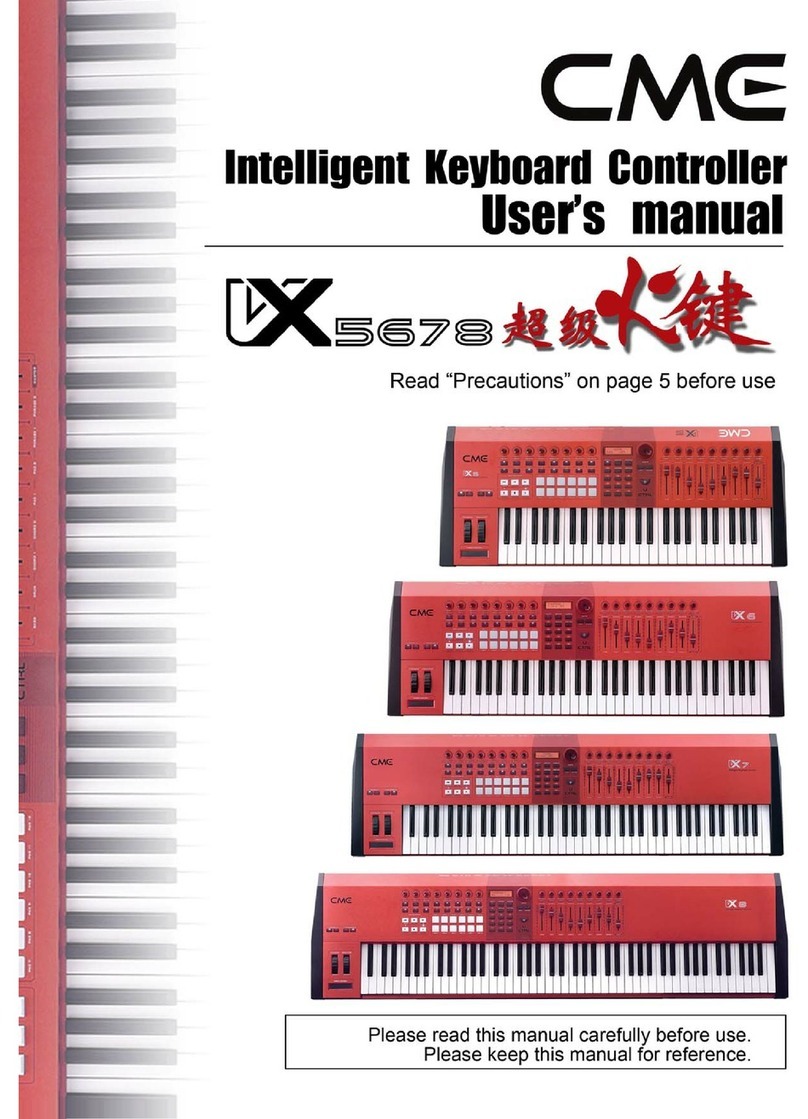
C-me
C-me VX5 user manual
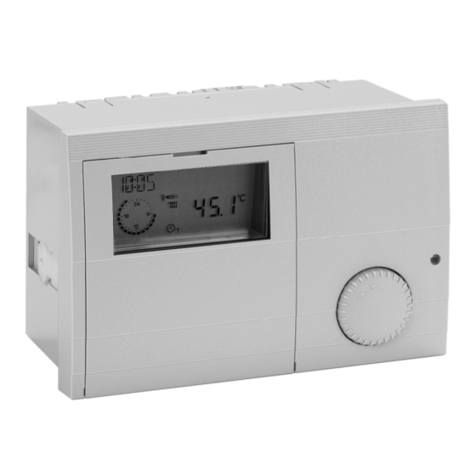
Kromschroeder
Kromschroeder E8 Operating and installation instructions
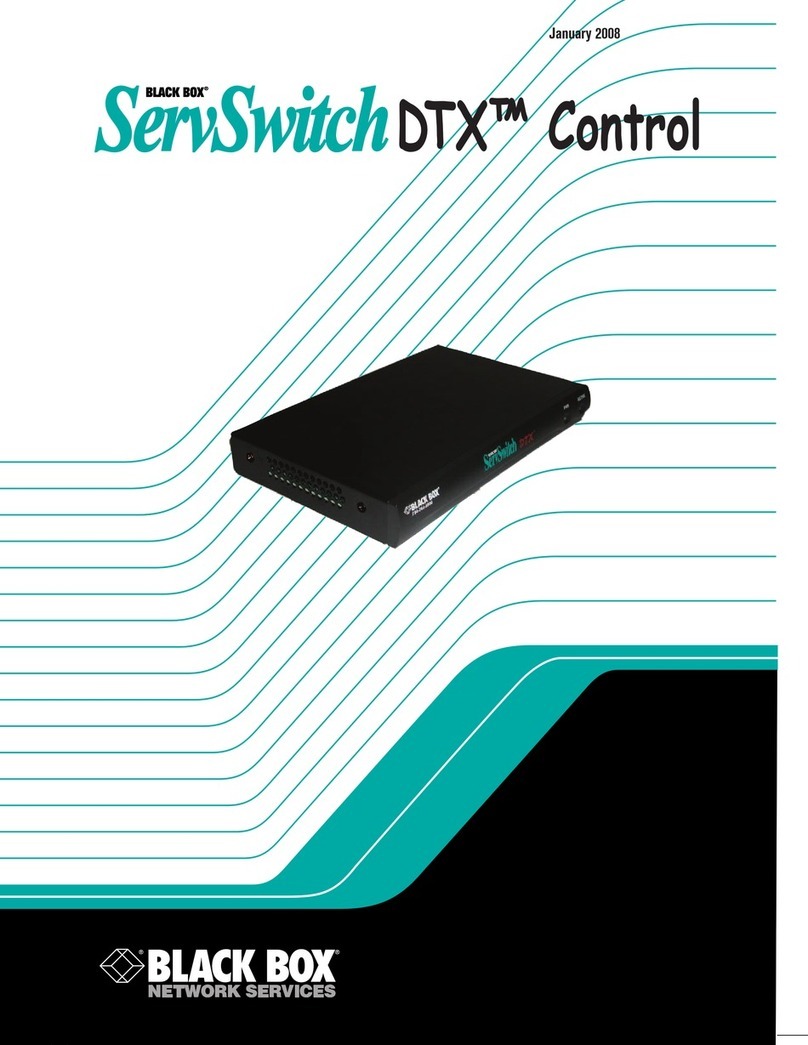
Black Box
Black Box servswitch DTX5000-CTL user guide
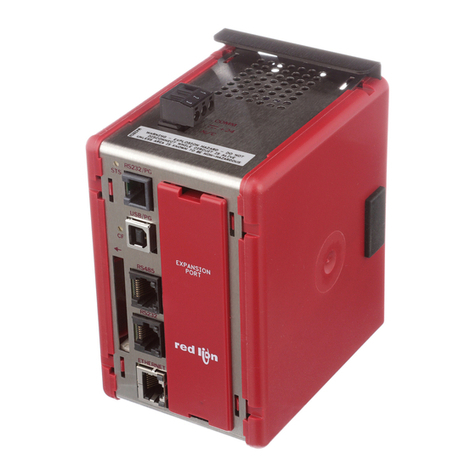
red lion
red lion CSMSTRSX manual
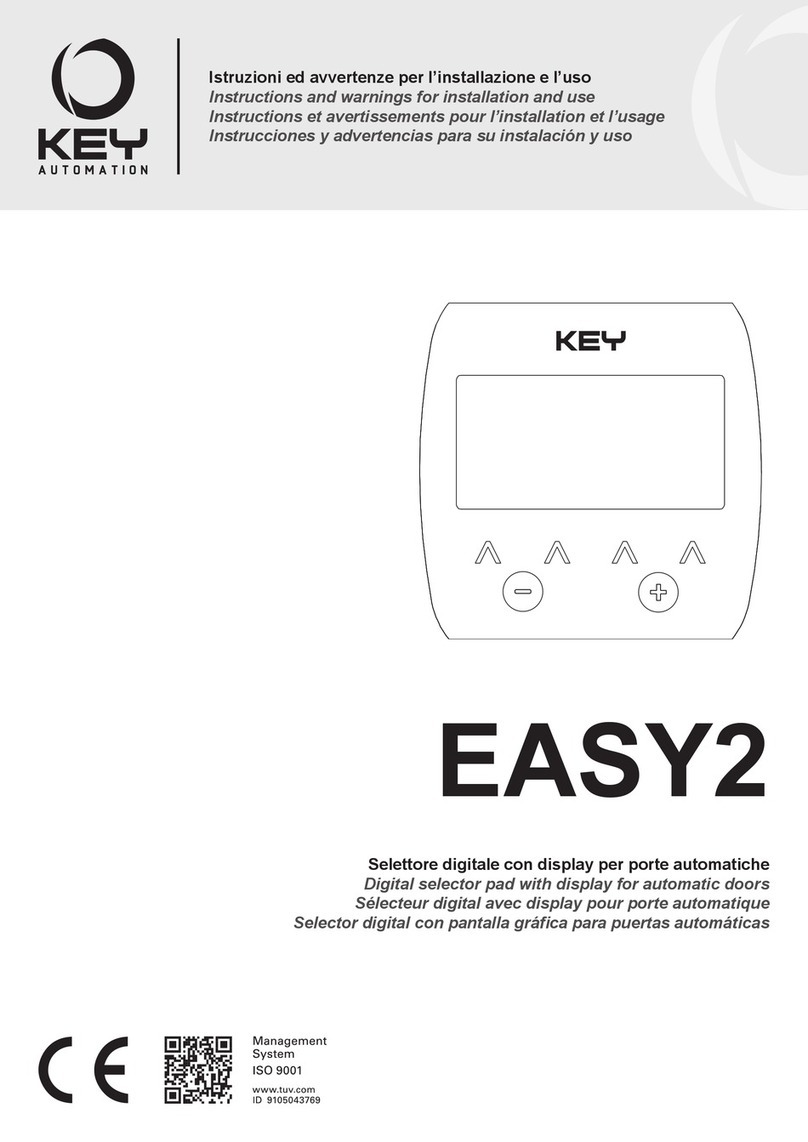
Keyautomation
Keyautomation EASY2 Instructions and warnings for installation and use
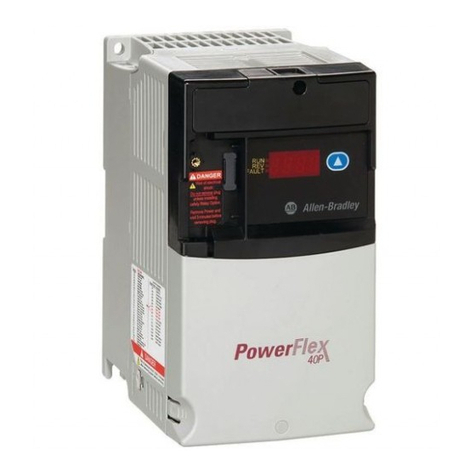
Allen-Bradley
Allen-Bradley PowerFlex 40P user manual
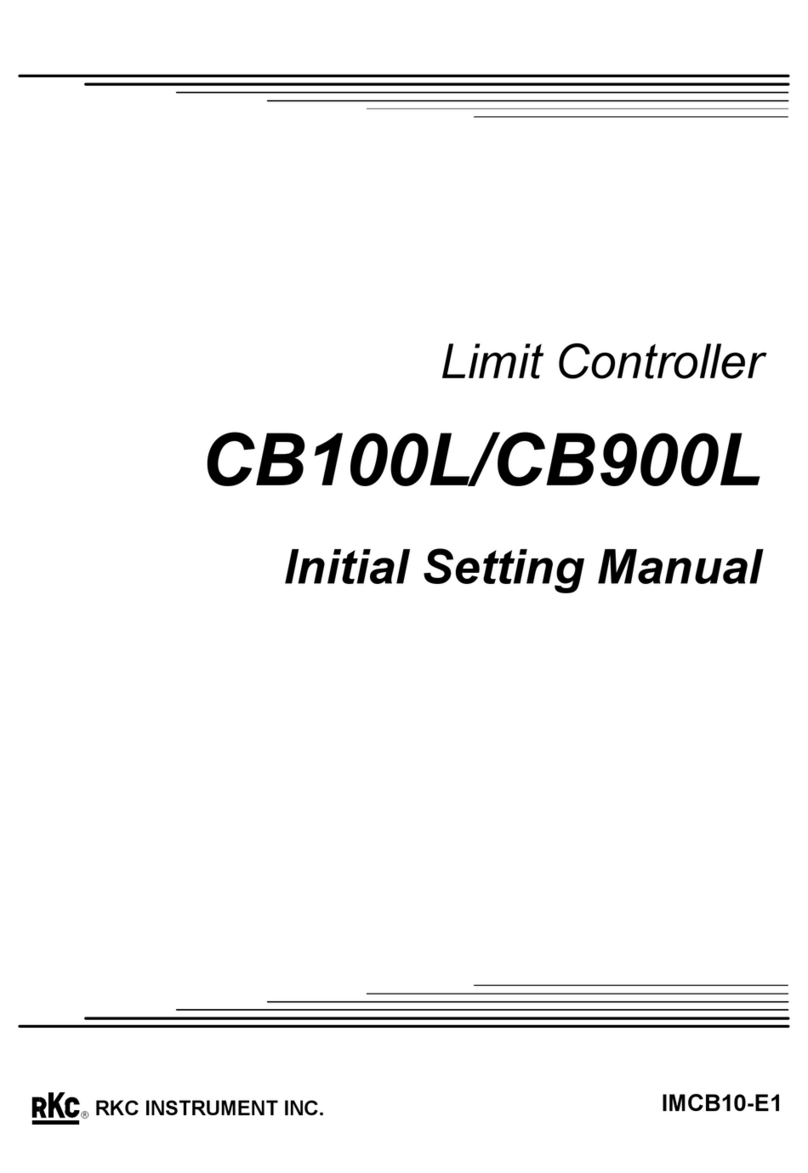
RKC INSTRUMENT
RKC INSTRUMENT CB100L INITIAL SETTING MANUAL
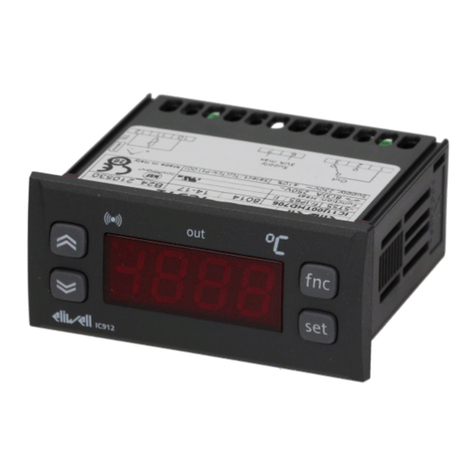
Eliwell
Eliwell IC 912 Series manual
